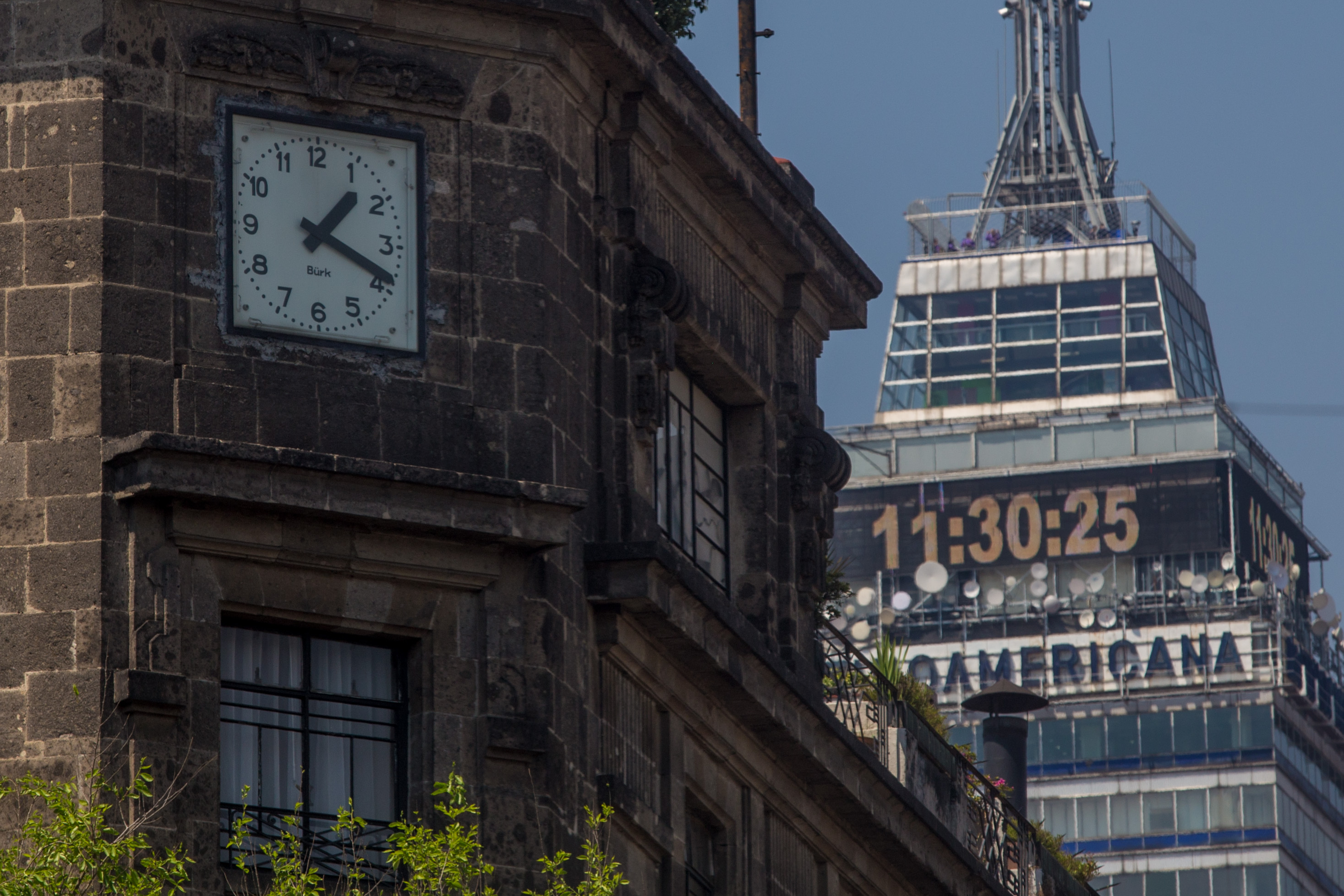
Mexico is preparing to implement the shift to daylight saving time in the midst of the discussion about whether it actually generates benefits or serves its purpose. This Sunday, April 3rd, the clocks must be set by one hour so that for six months the sunrise and dusk will be later. But do you know why it arose and what objectives it has?
The change in the schedule arose in order to be able to take advantage of the light during the summer (also spring) and avoid using artificial light. Therefore, the benefit that was proposed was that of being able to save energy resources, from generation to the use of electricity.
In Mexico, the measure was implemented in 1996 during the administration of Ernesto Zedillo. However, one of the reasons why it was established was so that it could be in tune with the United States. Mainly border entities such as Baja California, for coordination issues in customs offices. In fact, more than three dozen municipalities in this state change their schedule earlier to go on a par with the neighboring country.

However, the debate about the real or proven benefits of this measure has increased. Andrés Manuel López Obrador himself has assured that there is no study that emphatically demonstrates whether it really represents a saving of resources. In fact, the federal government has already advanced that it will analyze the issue in depth and, if necessary, create an initiative to repeal the rule.
According to Mexican law, in order for any proposal on a possible change in seasonal schedules to be channeled, the letter must be sent to legislators no later than November 15 of the year immediately prior to which the schedule is to be modified. That is, the project to eliminate the application of daylight saving time should be presented on the last Sunday of October this year to see an effect in 2023.
In the United States, the elimination of the time change has just been approved by its Senate. It was unanimously voted to abolish the time change and thus be able to maintain daylight saving time to have brighter afternoons. For it to become a reality, the bill must now be ratified by the House of Representatives.

“Most Americans want to stop overtaking and delaying. I know that this is not the most important issue for the United States, but it is one of the issues that generates the most consensus,” said Marco Rubio, a Republican senator, during the discussion in the Upper House. In addition, he argued that the measure would allow the population to spend more time during the evenings.
The United States entered daylight saving time at the end of March and will return to winter time next November, a change that has been made since the beginning of the 20th century in much of the world to save energy. If the House of Representatives gives the bill the green light, it will be sent to President Joe Biden, who has not yet spoken in favor or against enacting it.
KEEP READING:
Últimas Noticias
Debanhi Escobar: they secured the motel where she was found lifeless in a cistern
Members of the Specialized Prosecutor's Office in Nuevo León secured the Nueva Castilla Motel as part of the investigations into the case

The oldest person in the world died at the age of 119
Kane Tanaka lived in Japan. She was born six months earlier than George Orwell, the same year that the Wright brothers first flew, and Marie Curie became the first woman to win a Nobel Prize

Macabre find in CDMX: they left a body bagged and tied in a taxi
The body was left in the back seats of the car. It was covered with black bags and tied with industrial tape
The eagles of America will face Manchester City in a duel of legends. Here are the details
The top Mexican football champion will play a match with Pep Guardiola's squad in the Lone Star Cup

Why is it good to bring dogs out to know the world when they are puppies
A so-called protection against the spread of diseases threatens the integral development of dogs




